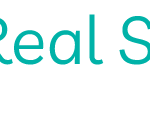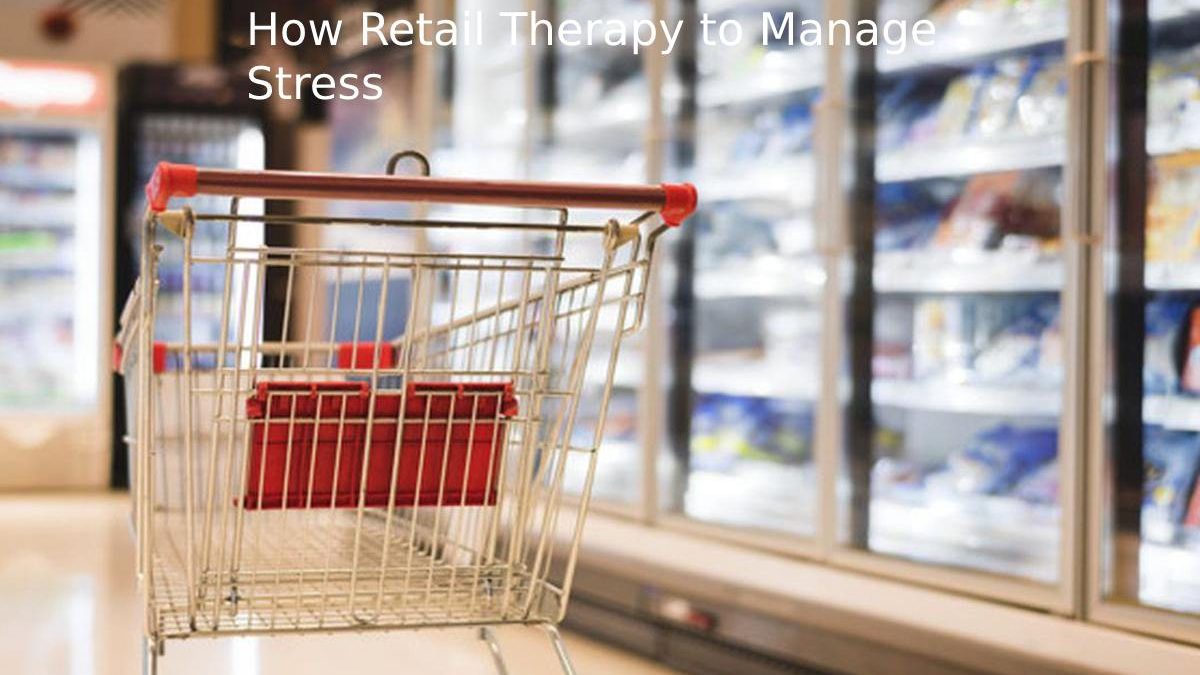Retail Therapy Take you ever bought something you don’t need to make yourself happy? Do you spend more when you’re stressed? “Retail Therapy” is a stress-reduction technique that many people use, consciously or unconsciously; It’s the act of buying something to lift your spirits when you’re feeling down, and it can happen more often than you think.
Table of Contents
How Common is Retail Therapy?
Shopping therapy (and even its more intense cousin, compulsive Shopping) may be more common than people think. A study by a Penn State researcher surveyed a group of regular shoppers who had all bought a gift in the past week and found that 62% of those purchases stood made to improve mood. Another study of compulsive buying demographics found that women and younger people (late teens) were more prone to this behavior.
How Shopping Affects us when Stressed
We react differently to purchases when we are stressed. Just as we can naturally crave sweets to boost our mood and respond positively to other pleasures in life, people tend to feel a stronger urge to buy mood-boosting treats when stressed. The survey above of shoppers found that 82% had only positive feelings about these purchases and that the positive momentum that followed these purchases was long-lasting, showing that purchases made as “coolants” were largely immune to the ” Regret” of the buyer were.”.
However, when this type of Shopping becomes more compulsive, especially when money is tight, it can feel very different. When Shopping becomes primarily and chronically a mood-boosting exercise, other problems can arise from unintended consequences. Those prone to compulsive Shopping may experience extreme debt, anxiety and frustration, a sense of loss of control, and conflict in the home.
The Apparent Paradox of Shopping and Stress
As shopping therapy seems like a slippery slope to many, what begins as a relatively harmless mood booster can turn into a compulsion that drains finances, creates conflict, and ultimately adds significant amounts of Stress. It’s better to be careful if you find yourself attractive in this type of behaviour.
But letting your payments get out of control is counterproductive.
Healthier Alternatives
Indulging in a bit of shopping therapy from time to time may not be the most effective way to reduce stress, but it can improve your mood if it doesn’t become a compulsion. To get the most benefit from retail therapy with the fewest negative consequences, many people have found the following strategies helpful:
Clean up: Instead of looking for new “stuff,” you can find the feeling of fullness you crave by looking at what you may have already forgotten. You can make it a big chore (moving around all the closets in your house, rearranging furniture in the process) or a 10-minute project (cleaning out the junk drawer), and you may have forgotten things you’ve already forgotten.
Keep Shopping But Spend Less
Sometimes you want a gift, and talking about it takes more effort than it’s worth. If done in moderation and within your means, small gifts can lift your spirits and not create lasting debt. Going to discount stores and buying an item at an extreme sale can sometimes be just what you need. Better yet, buying something cheap that lets you enjoy a quiet “moment” (like a cup of tea in a friendly coffee shop or a scented candle to light up a room) can make you feel like you’re enjoying yourself a bit. Walk away’ without going overboard. . Positive psychologists recommend embracing the “pleasures” in life, and a small investment in “shopping therapy” can delight that part of you that craves something new.
Count Your Blessings
Developing a sense of gratitude for what you have in your life can help you feel a sense of fullness, which can reduce feelings of wanting more. Keeping a gratitude journal and writing about what you appreciate each day can be a transformative experience. Counting your blessings the next time you feel the urge to purchase can help reduce cravings for more.


